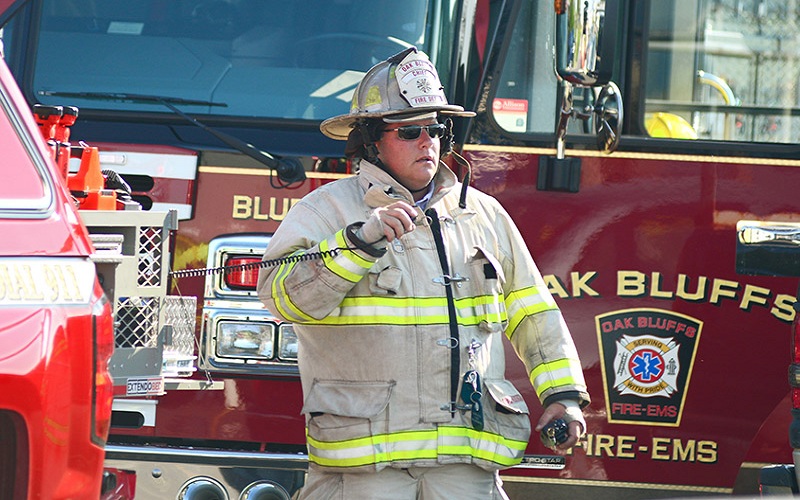Firefighters are the real heroes of the communities. They bravely rush into danger to protect lives and property. Within the firefighting community, two primary categories exist. You will find full-time firefighters who make it their profession, and volunteer firefighters who dedicate their time alongside other commitments.
John Rose Oak Bluff is a professional firefighter. He has worked with both full-time and volunteer firefighters. He has seen the pros and cons of employing these two professionals together.
Full-Time Firefighter Duty: Full-time firefighters, often employed by municipal fire departments, commit themselves to firefighting as their primary profession. Their duties typically include 24/7 availability for emergency response, regular training sessions, and maintaining equipment. These professionals receive a salary and often work in larger urban areas, handling a variety of emergencies beyond firefighting, such as medical emergencies, hazardous material incidents, and rescues.
Volunteer Firefighter Duty: Volunteer firefighters, on the other hand, serve their communities without financial compensation. They balance firefighting duties with other occupations, responding to emergencies when available. Volunteer firefighters undergo training similar to their full-time counterparts, committing their free time to ensuring the safety of their neighbors and fellow community members. Volunteer departments are commonly found in rural or suburban areas where the population density may not support a full-time force.
Pros of Having Both Full-Time and Volunteer Firefighters:
- Versatility and Adaptability: Having a mix of full-time and volunteer firefighters allows a department to adapt to the unique needs of its community. Full-time firefighters handle the consistent demand, while volunteers supplement during peak times or emergencies.
- Cost-Effectiveness: Volunteer firefighters reduce the financial burden on local governments, as they offer their services without a salary. This can be particularly beneficial for smaller communities with limited budgets.
- Community Engagement: Volunteer firefighters often have deep ties to the community, fostering a strong sense of commitment and engagement. This connection can enhance community relations and trust in the firefighting force.
Cons of Having Both Full-Time and Volunteer Firefighters:
- Availability and Response Time: Volunteer firefighters may not always be readily available during emergencies due to work or personal commitments. This can result in longer response times compared to full-time firefighters who are consistently on duty.
- Training and Skill Disparities: Full-time firefighters typically have more time for extensive training, potentially leading to variations in skills and experience between full-time and volunteer members. This can impact the overall effectiveness of the firefighting force.
- Burnout and Fatigue: Full-time firefighters may experience burnout from the continuous demands of the job, while volunteer firefighters may struggle with fatigue from balancing their firefighting duties with other commitments.
Balancing a firefighting force with both full-time and volunteer members is a complex but necessary task for many communities, says John Rose Oak Bluff. Each type of firefighter brings unique strengths and challenges, contributing to the overall resilience and effectiveness of the firefighting force. By understanding the duties, pros, and cons associated with both full-time and volunteer firefighters, communities can make better decisions to ensure the safety and well-being of their residents. The flames of service burn brightly when a diverse and dedicated firefighting team works together to protect and serve.
Top of Form

